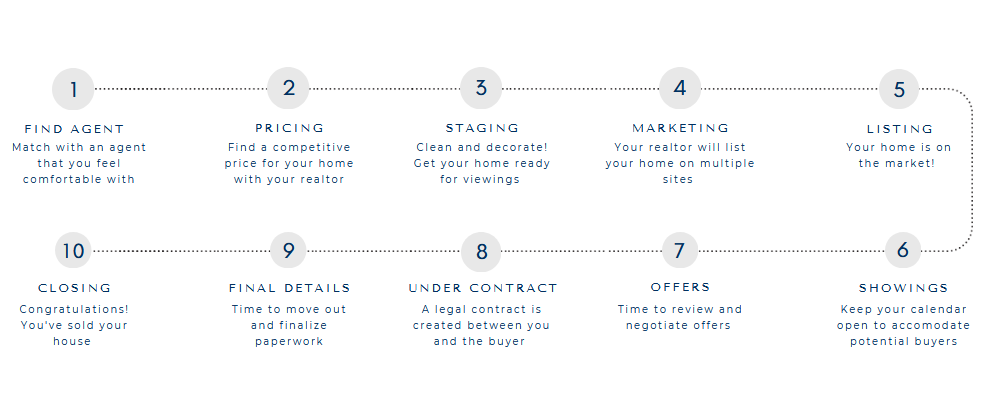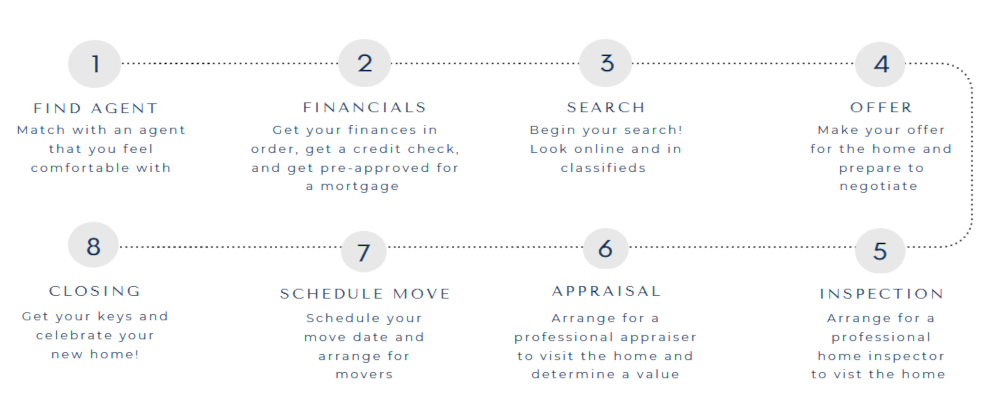Home Buying by the Numbers
Financing (continued)
PRE-APPROVAL VERSUS PREQUALIFICATION
Prequalification isn’t a loan approval.
Lenders don’t pull credit checks for prequalification letters, and in fact these sorts of letters essentially mean this: “based on the preliminary information the applicant gave us we would probably approve a mortgage application, but we haven’t run a credit check and we didn’t even verify any of the other information either.” So essentially, a prequalification letter is useless. Lenders still offer prequalification letters because potential borrowers still ask for them, but these sorts of letters are in no way a guarantee of a mortgage approval. Taking a prequalification letter to a seller will show them that you have taken the first tentative steps towards acquiring financing, but an educated seller will also know that this sort of letter certainly does not prove that the buyer can obtain financing. Honestly most lenders don’t even keep records of the prequalification letters that they issue, so this should tell you how much merit (or lack thereof) there sorts of letters bear.
A pre-approval letter helps when bidding on a home.
When faced with two bidders on a home, sellers will often look towards the financing to decide which bid to accept. Both buyers may offer attractive bids, but if one has financing in place in the form of a mortgage pre-approval then the sellers will more than likely choose this bid. Sellers are naturally looking for people who are serious about purchasing the home, and a pre-approval letter gives the hint that the buyers are ready and willing to move forward. One interesting note: if your plan is to try to talk the price down on a home, you may want to get a pre-approval letter indicating this amount. In other words, don’t try to talk a seller down to $150,000 from an asking price of $165,000 if your pre-approval letter glaringly states that you are approved for $175,000. It’s just kind of rude. Plus, you will be more likely to get the asking price brought down if sellers are under the impression that you are asking for the price to be lowered because you need it to be, not because you are just looking to save some money.
How do you get a pre-approval letter?
Getting a pre-approval letter entails actually applying for a mortgage loan through a lender and getting approved. When you apply for the loan you should let the mortgage loan officer know that you are seeking a pre-approval and that you have yet to pick out a house. This way, upon your approval, the loan officer will get the pre-approval letter right out to you so you can start flashing it to potential sellers. A pre-approval letter is a provisional approval in the sense that a change in your financial status may result in the loan ultimately getting turned down. Right before you go to closing on a loan your lender will pull one more credit check to make sure you didn’t run out and get any new financial obligations. They want to make sure that you can still afford the payments. This means that if you obtained a new car loan after receiving the mortgage loan pre-approval your debt-to-income ratio may have leaped into unacceptable territory. Save any new purchases on credit until after you sign all the mortgage documents at closing. After that you have free reign to obtain whatever credit you want.





Responses